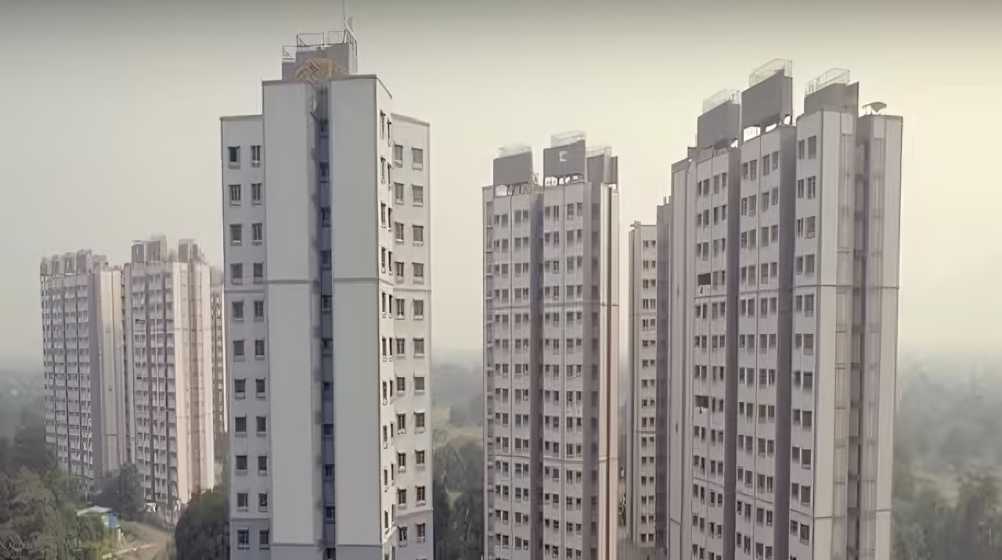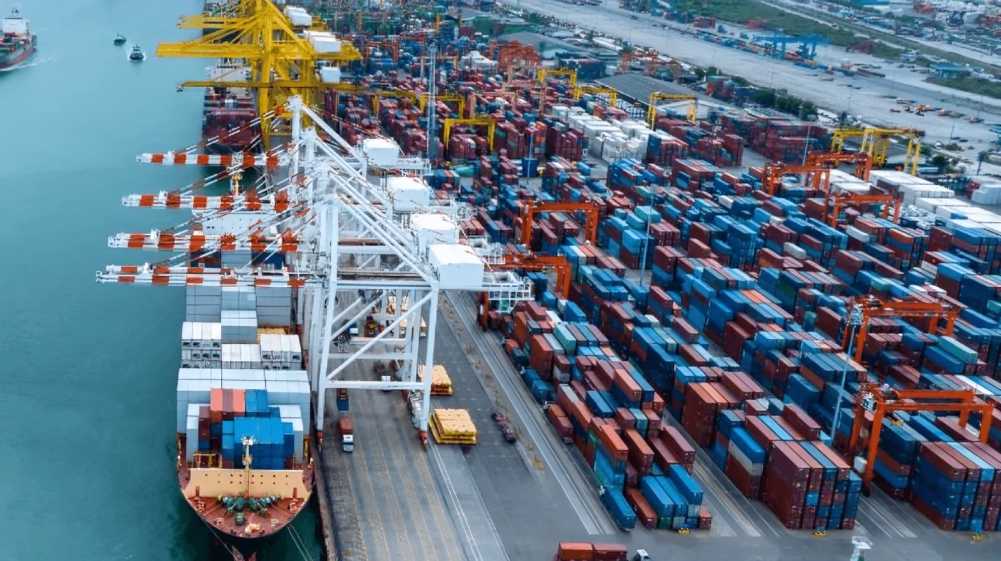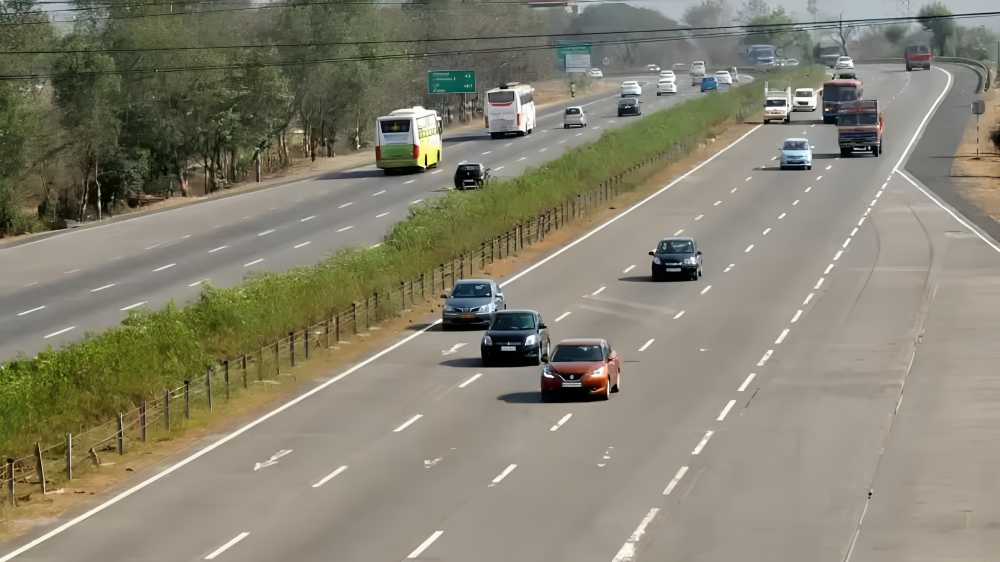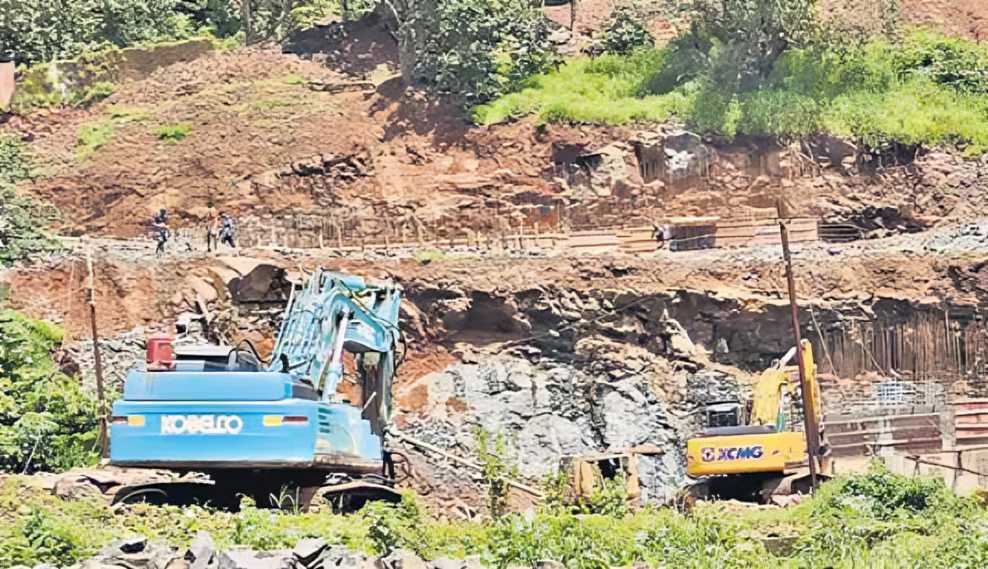October 06, 2025: The Maharashtra Housing and Area Development Authority (MHADA) has revised its 2007 redevelopment policy to make redevelopment projects in Mumbai more financially viable, updating premium charges and payment terms for commercial and additional built-up areas. The move aims to accelerate the transformation of ageing housing societies across the city.
Under the new framework, the premium for allocating commercial built-up space in projects governed by Regulation 33(5) of the Development Control and Promotion Regulations (DCPR) 2034 will now be determined using a formula factoring in land rates, market values, and intended usage. This replaces the earlier system requiring developers to pay 1.5 times the residential rate for commercial areas, which developers had argued made projects economically unfeasible. “The revised approach balances residential and commercial market rates to arrive at a more equitable premium structure,” MHADA officials said.
In addition, MHADA has allowed housing societies and developers to pay premiums for additional built-up area in phased installments. Projects with plot areas under 4,000 sq. m can pay in five installments, starting with 10% within a month of the Letter of Intent, followed by four equal installments of 22.5% over 12, 24, 36, and 48 months, with applicable interest. Larger projects (4,000 sq. m and above) will pay in six installments, with subsequent payments of 18% each over 60 months. MHADA stated that this aligns its policy with the Municipal Corporation of Greater Mumbai’s staggered payment system for building permissions, reducing financial burden and facilitating smoother project execution.
Redevelopment involves demolishing old structures, often two to seven storeys, and constructing modern buildings. Residents receive larger apartments at no cost, while developers sell surplus units for profit, and the government earns revenue through premiums on additional floor space. Premiums cover multiple charges, including FSI, open space deficiency, and other structural components, often constituting 20–30% of project costs. Built-up area includes all usable spaces within walls, balconies, terraces, and sometimes other covered areas, slightly exceeding the carpet area.
These revisions are expected to accelerate redevelopment, benefiting both residents and developers while supporting Mumbai’s evolving real estate landscape.
Source: Hindustan Times





